Harvesting Water and Rationalization of Agriculture in North Medieval India: Thirteenth-Sixteenth Centuries
Synopsis
The book seeks to comprehend and evaluate the general views associated with watering of agricultural fields in medieval India against the backdrop of a commonly accepted notion that wells formed the most widely distributed common source of irrigation in those days, and that there was no ‘canal’ in the same way we understand them today. Opinions expressed are poles asunder and ranged from one extreme to another. Whereas one talks of India being essentially a “hydraulic societyâ€, the other feels that till the eighteenth century the country had hardly any evidence of ‘artificial irrigation’. Both these extremes have been examined and explained in relation to the resultant shift and change in the pattern of agricultural produce. It is generally agreed that India was neither a hydraulic society nor was it bereft of artificial irrigation system in the past. The irrigation technology in the country was largely conditioned by monsoon precipitation, and the techniques and contrivances used to store, carry and lift these waters varied from region to region. The state took keen interest in ensuring waters to the fields which encouraged the peasants to go for commercialization of some of the agricultural crops as well as the horticultural products which was an important aspect of the economy of medieval India. The efforts of the rulers and the producers not only augmented the land revenue of the state, it also helped quite significantly in the rationalization of agriculture which was meant to generate surplus produce so essential an ingredient to the growth of a sustained economic activities in medieval India. In the course of our analysis we discovered that although the water was never a scarce commodity the two major constraints however made it appear so in the irrigation of land, namely, the uncertain monsoon and the shifting river courses. There was thus the need for proper utilization of water resources on regular basis for agriculture. Though not very encouraging in terms of its general availability, the state had generally shown its concern and made efforts to make available enough waters to generate surplus produce. This called for the need of regulating the water distribution and rationalize the agriculture. Creating conditions to generate surplus, that is, the optimum growth of crops and allied products, is what we mean by the rationalization of agriculture. It was done through intensification, multiplication and diversification which were closely interrelated. How the surplus produce influenced or modeled the medieval Indian economy is a subject matter which has been discussed at length in the present study.
Read more
12.60
11.34
$
14.00 $
Free delivery Wolrdwidе in 10-18 days
Ships in 1-2 days from New Delhi
Membership for 1 Year $35.00
Get it now and save 10%
Get it now and save 10%
BECOME A MEMBER
Books by the same author


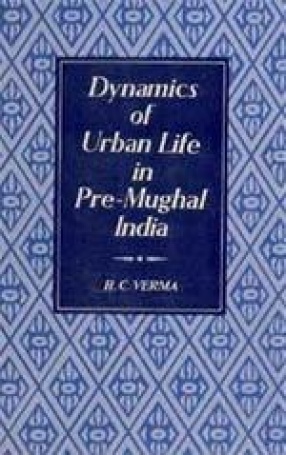
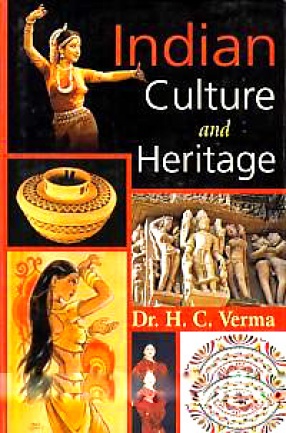
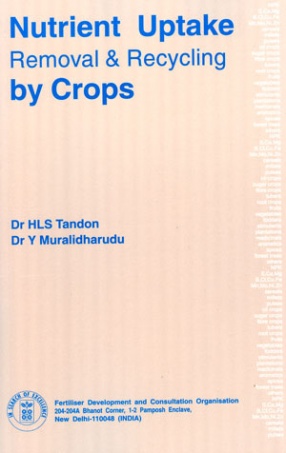
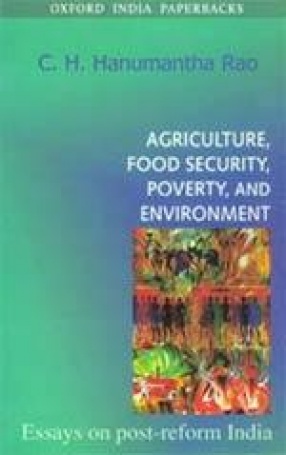
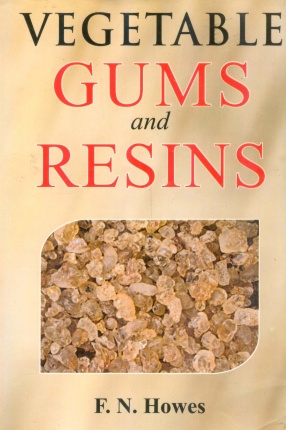
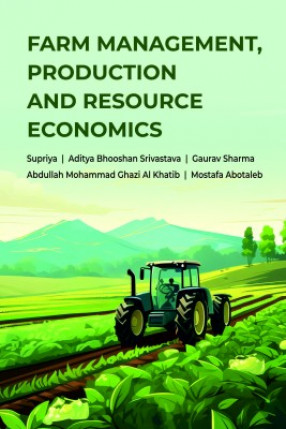

Bibliographic information